This was published 4 years ago
Chernobyl nuclear disaster site tourism: Visitor numbers surge after hit HBO TV series
By Rick Noack
Ukraine's Chernobyl might be on track to become 2019's surprise hit tourism destination, after a widely discussed HBO miniseries resulted in a surge in bookings for trips to the site and the nearby town that were abandoned after a major nuclear accident in 1986.
Trip bookings have increased 30 per cent in May year-on-year and were up over the next three months, said Sergii Ivanchuk, director of SoloEast Travel that organises trips to the nuclear power plant and its surrounding areas. Another tour company, Chernobylwel.com, confirmed that its numbers had increased, as well.
On their tours, visitors usually head to the abandoned town of Pripyat next to the power plant, which was evacuated within hours, and other sites, including the former power plant itself. Radiation levels during the trips are considered to be safe, but the area around the power plant remains largely uninhabited until today.
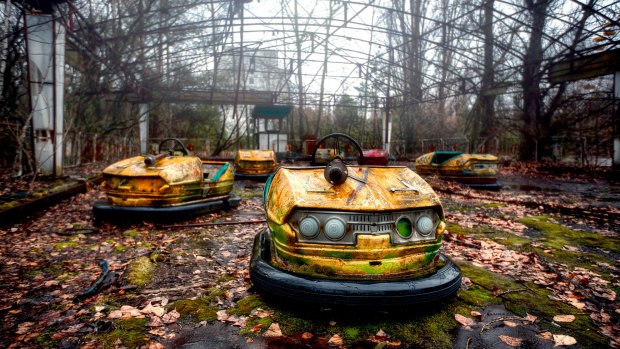
Tourists are flocking to Chernobyl in the wake of HBO's hit TV mini-series.Credit: SHUTTERSTOCK
HBO's Chernobyl - a mix of real events and fictional accounts - immediately hit a nerve when it was released this spring. The silence at the time from Soviet officials who were unwilling to acknowledge that the catastrophe had happened reminded some of the wavering trust they have in their own politicians to tell them the truth.
The destructive power of nuclear energy triggered memories of the 2011 Fukushima nuclear disaster in Japan and the nuclear threats exchanged between President Trump and North Korea's Kim Jong Un not too long ago.
Interest in the series itself echoes some of the big political debates of our time: Truth versus lies, Russia versus the West, and the realisation that disasters can easily transcend borders.
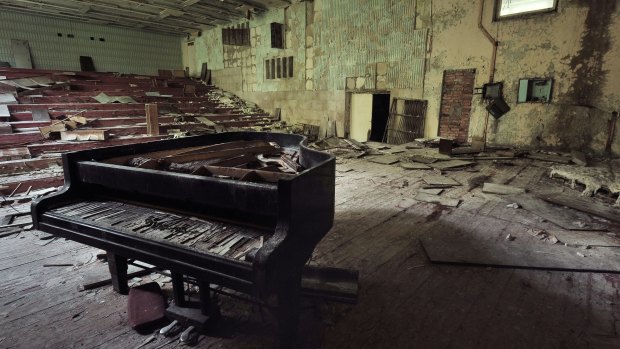
An abandoned concert hall in Pripyat, Chernobyl.Credit: Shutterstock
The flocking of tourists to Chernobyl is likely to feed into another debate: How should we commemorate a human-made disaster of the scale of Chernobyl without turning the site that exposed hundreds of thousands to radiation into an adventure theme park?
At least one company is already advertising an HBO-themed trip for $US185 per person, "revealing to the secrets and real stories of the events that occurred," as the company writes.
Among the tour highlights are riding "in an armored patrol vehicle, in which the liquidators in 1986 made a radiation reconnaissance" and trying "a real lunch of power plant employees in the canteen of the Chernobyl Nuclear Power Plant." The company did not immediately respond to a request for comment.
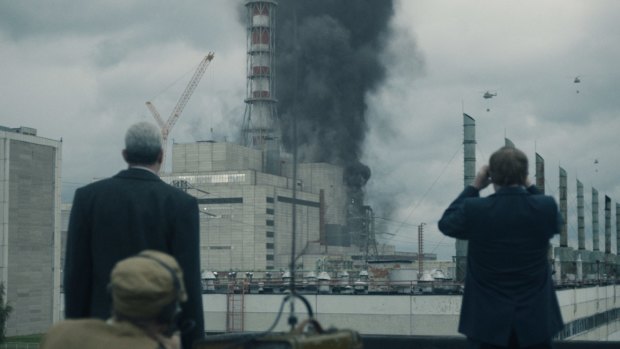
HBO's Chernobyl - a mix of real events and fictional accounts - immediately hit a nerve when it was released this spring. Credit: Showcase
The question how to commemorate the disaster while offering trips to it remains contentious among tour operators themselves. SoloEast Travel director Ivanchuk said that he was struggling to comprehend why some of his competitors were selling "fridge magnets, radioactive ice cream and canned air" near the site.
"It is disgusting and humiliating to those people who still work in Chernobyl or who come to visit their abandoned houses," wrote Ivanchuk on Tuesday.
"The 20th Century is full of 'Dark' events and suffering, and just like Auschwitz or Hiroshima, Chernobyl is one of them." Ivanchuk said that his company kept only about 15 to 18 percent of the trip revenue, handing over the vast majority to Ukrainian authorities.
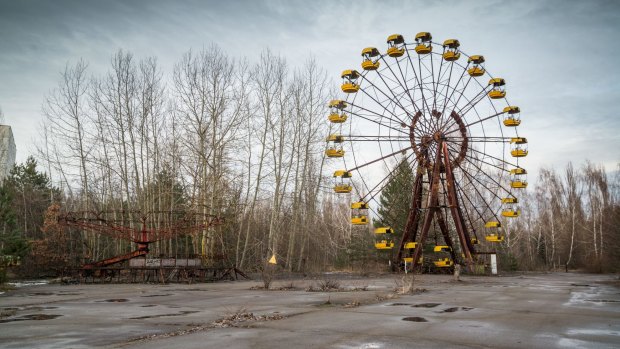
The abandoned amusement park in Pripyat.Credit: Shutterstock
The question how suitable the ruins of Chernobyl are as an adventure trip-themed tourist attraction isn't new, as excursions to the 19-mile "exclusion zone" have gained steady momentum over the last two decades.
But recent US productions have put a new spotlight on the trend that some view with skepticism. In 2012, viewers around the world followed a group of tourists to the Chernobyl tragedy site in a movie called Chernobyl Diaries. The US production turned the somber site into the backdrop of a fictional horror story, in which adventure tourists have to fend off mutants who inhibit the area around the disaster zone.
In reality, the group of tourists would have likely bumped into fellow visitors rather than into mutated creatures.
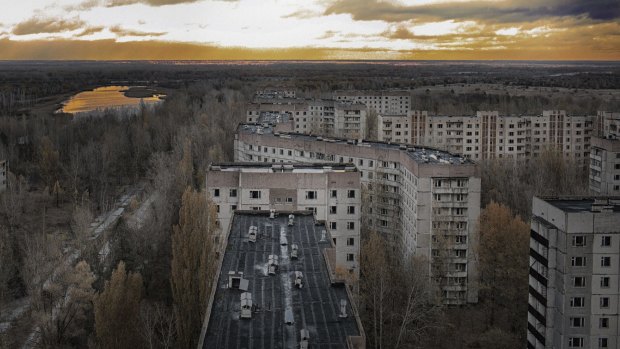
Pripyat, Chernobyl.Credit: Shutterstock
By 2016, Ivanchuk's SoloEast Travel company was taking 7500 tourists to the site annually, he said at the time.
Last year, the company had 11,000 customers.
"It used to be sort of extreme travel," Ivanchuk told The Washington Post in 2017. "You were very brave to go to Chernobyl in 2000. Now, not so much," he said.
The Washington Post
Sign up for the Traveller Deals newsletter
Get exclusive travel deals delivered straight to your inbox. Sign up now.